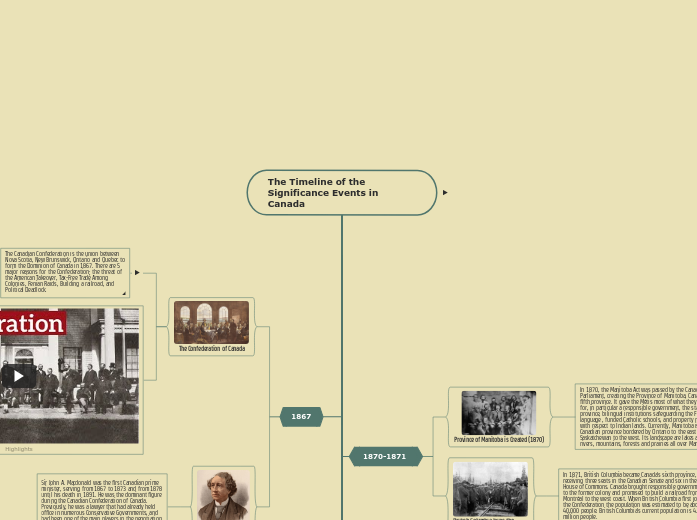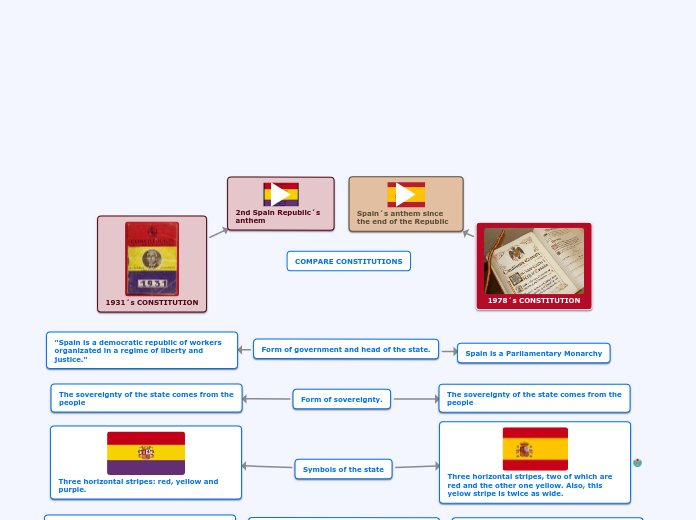jonka Kristie Chen 1 päivä sitten
23
The Timeline of the Significance Events in Canada
Key historical events in Canada highlight significant social and political changes. The Chinese Head Tax in 1885 introduced a discriminatory fee for Chinese immigrants, reflecting racial prejudices of the time.









